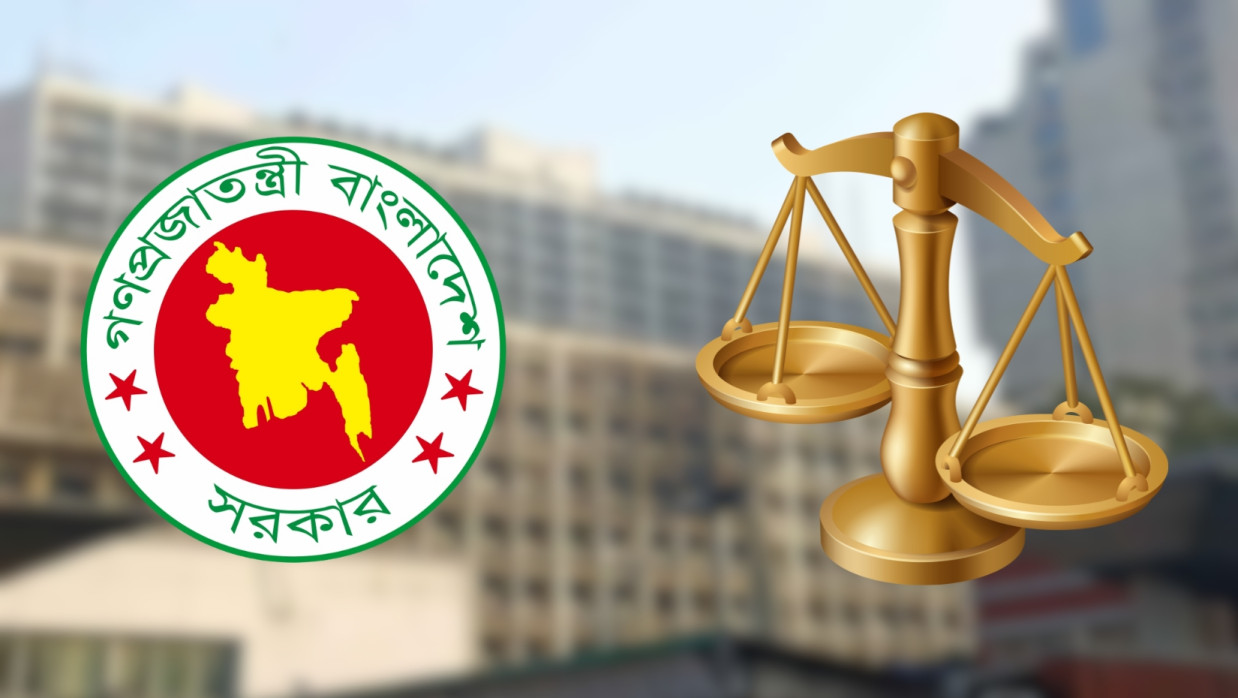
8 pay scales in 54 years: How much did salaries rise in each?
- ০৯ অক্টোবর ২০২৫, ১২:৪৩

Government employees are eyeing the recommendations of the new pay commission, formed after a decade, amid discussions on salary hikes for the upcoming scale.
This year's revisions may include doubling base pay, the first reduction in grades since independence, and narrowing the maximum-minimum salary ratio to reduce disparities.
The pay commission is contemplating hikes exceeding 50 percent across all grades, with lower ones seeing the biggest gains.
In Bangladesh's 54-year history, eight pay commissions have been formed, each boosting salaries by over 50 percent, disproportionately benefiting junior levels.
The first pay scale was introduced in 1973, setting the minimum at Tk 130 and maximum at Tk 2,000, with a max-min ratio of 15.37:1.
The second commission in 1977 raised the maximum by 50 percent to Tk 3,000 and minimum by 73 percent to Tk 225, narrowing the ratio to 13.33:1.
In 1985, the third commission reduced the ratio to 12:1, doubling the maximum to Tk 6,000 and raising the minimum by 122.2 percent to Tk 500.
The fourth in 1991 boosted the minimum by 80 percent to Tk 900 and maximum by 66.66 percent to Tk 10,000, bringing the ratio to 11.11:1.
The fifth in 1997 narrowed it to 10:1, increasing the maximum by 50 percent to Tk 15,000 and minimum by 66.66 percent to Tk 1,500.
The sixth in 2005 raised the minimum by 60 percent to Tk 2,400 and maximum by 53.33 percent to Tk 23,000, with a ratio of 9.58:1.
The seventh in 2009 widened it slightly to 9.7:1, hiking the minimum by 70.83 percent to Tk 4,100 and maximum by 73.91 percent to Tk 40,000.
The eighth in 2015 increased the minimum by 101.22 percent to Tk 8,250 and maximum by 95 percent to Tk 78,000, narrowing the ratio to 9.45:1.
Now, with the ninth pay scale on the horizon, government workers hope for a 1:4 max-min ratio to address inequities, amid calls for equitable hikes across grades.